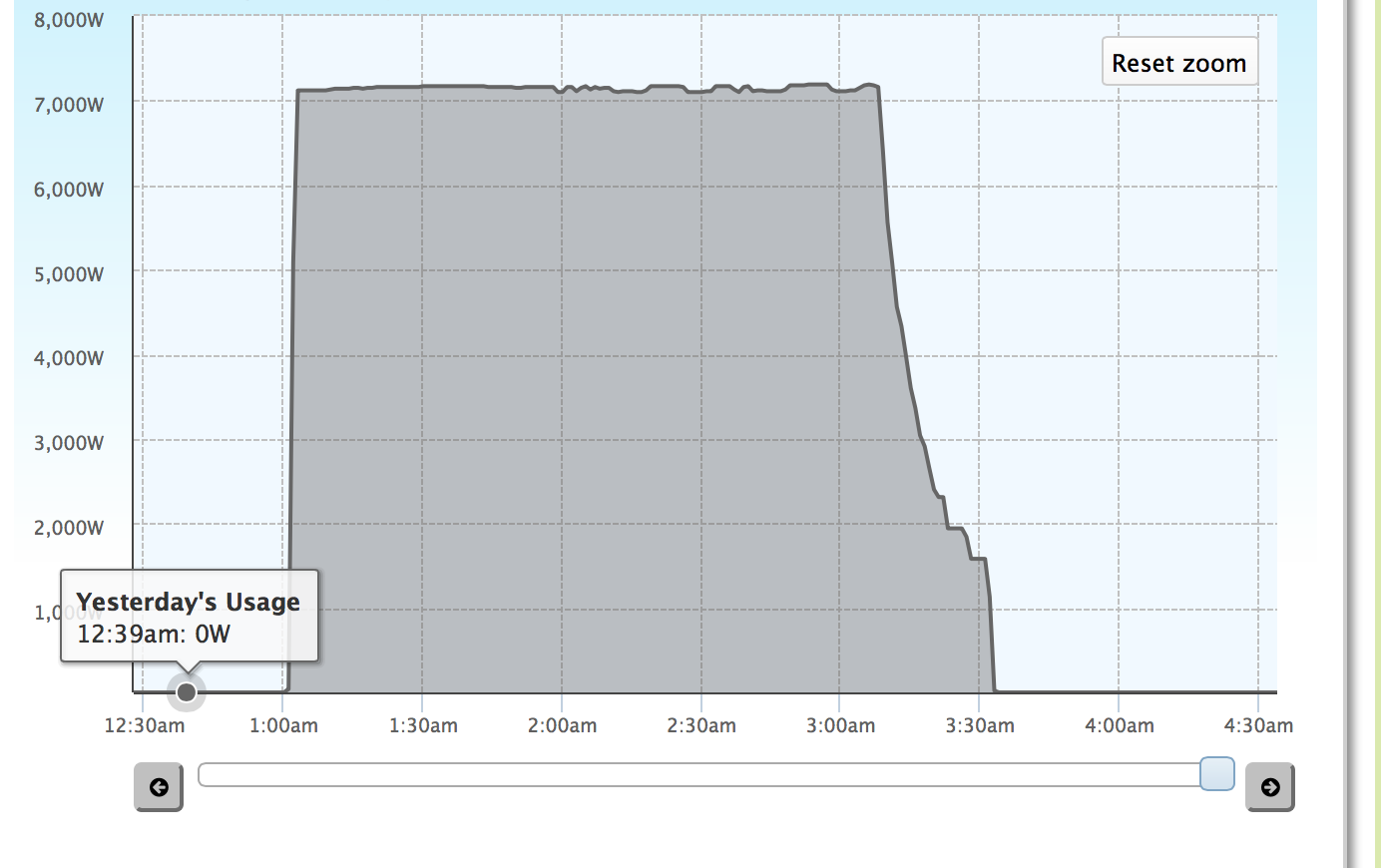jmueller065
Well-known member
It just dawned on me today (LOL after I've had the car for over a year!) that its really easy to figure out how efficient the charger in the car is:
http://jamiegeek.myevblog.com/2014/08/08/how-efficient-is-charging/
TL;DR version: Using Chargepoints usage reporting, and MFM's trip and charge log I calculated that the internal charger in the car is 85% efficient (basically: amount consumed/amount charged). I'm going to do the calculation again using the trip meter's value vs the Juicebox's reported value with a deeper discharge than 20% to see if there is much of a difference (I would expect the efficiency value to be higher with a deeper discharge).
http://jamiegeek.myevblog.com/2014/08/08/how-efficient-is-charging/
TL;DR version: Using Chargepoints usage reporting, and MFM's trip and charge log I calculated that the internal charger in the car is 85% efficient (basically: amount consumed/amount charged). I'm going to do the calculation again using the trip meter's value vs the Juicebox's reported value with a deeper discharge than 20% to see if there is much of a difference (I would expect the efficiency value to be higher with a deeper discharge).




